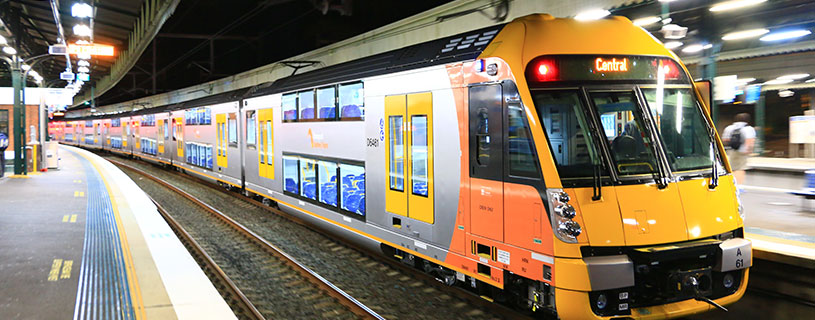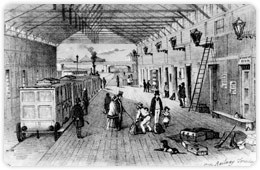
History of the NSW railways
From the first passenger railway line in 1855 to where the NSW railways are today.
1855 - First passenger railway line
On 26 September 1855, the first passenger railway line in NSW opened from Sydney to 'Parramatta Junction', which was located just west of present day Granville Railway Station.
The original city 'Sydney terminal' station was located south of the present-day Central Station, on the south side of the Devonshire Street tunnel.
Four intermediate stations were located along the line at Newtown, Ashfield, Burwood and Homebush.
An 'overbridge' running under Railway Square near Sydney's Central Station is the oldest surviving structure on the NSW railway system.
Opened in 1855, it remains from the first phase of railway construction in NSW, providing access from Sydney's Railway Yard through to the Darling Harbour Goods Yard.
1860s - Boom in railway expansion
In NSW economic wealth from European settlement in the 1800s was largely generated from farming and pastoralism from inland settlements. As such, early railway expansion during the 1860s was largely undertaken for the purpose of connecting Sydney with the major rural railways across the Blue Mountains to Bathurst and across the Southern Highlands to Goulburn.
These new lines were constructed under the direction of John Whitton, who was appointed Engineer-in-Chief of the NSW Railways in 1867 and known today as the 'father of the railways'.
Between 1870 and 1880 the number of passengers travelling had risen from 776,707 to 5,440,138 in just a decade, and the miles of railway line had increased from 339 to 849.
Many historic regional centres still have their historic railway stations dating from this boom in railway expansion.
1890 - Sydney's first suburban railway
Suburban areas close to Sydney had developed largely along the original main lines to Parramatta and Liverpool.
They were joined by new trunk lines to Newcastle and the Illawarra in the 1880's.
The 1890s depression and a decade of severe drought brought hardship to rural communities. With this change, Sydney's suburban railway network expanded dramatically.
Sydney's first purely suburban railway, the North Shore Line, opened from Hornsby to St Leonards in 1890.
1926 - First electric trains
During the 1920s, Dr John J.C. Bradfield developed his visionary plan to provide Sydney with a world-class electric railway system.
The first electric trains commenced running on the Illawarra Line in June 1926 and the city underground system was opened to St James and Museum Stations in December of that year.
On 19 March 1932, the Harbour Bridge was opened, connecting the North Shore Line to Wynyard Station.
In 1956, the Circular Quay station opened completing the City Circle, and the Eastern Suburbs railway was opened through to Bondi Junction in June 1979.
More recently
The line to Sydney Airport opened in 2000 to serve the Sydney Olympics of the same year.
The Epping to Chatswood Rail Link was completed in 2009.
The South West Rail Link opened in February 2015.
Image

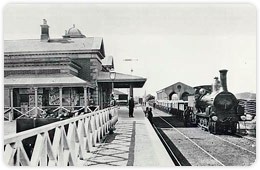
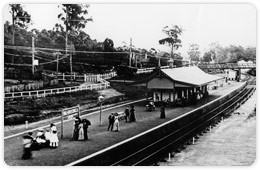
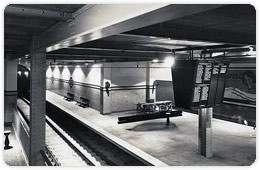
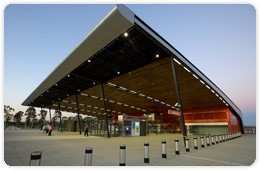
Image controls:
Where can I find out more?
- The NSW State Records are responsible for the conservation of the NSW Government Railways archival collection including staff records, historic photos and annual reports.
- The Australian Railway Historical Society (ARHS) is the key organisation in Australia who research the history of the NSW railways. ARHS have a Railway Resource Centre located in Redfern NSW that holds a vast collection of railway books, historical photos, railway documents and ephemera.


